Qingtiangang: Vast Grasslands, Cows, and Hiking in Yangmingshan National Park

Shilin Dist., Taipei City
Sightseeing
Qingtiangang is located in the heart of Yangmingshan National Park in Taipei. It is a vast grassland with gentle terrain and lush green grass. Its name comes from the fact that a ranch was established here during the Japanese occupation to breed military horses, and the words "Qing Tian" (擎天) describe the magnificent scenery of this place, which is high above and has a broad view. It is also known as "Sun Valley" because of its vast grasslands and leisurely grazing landscape. Today, Qingtiangang has become a popular place for Taipei residents to relax on weekends and get close to nature, and it is also a tourist attraction that many tourists come to admire.
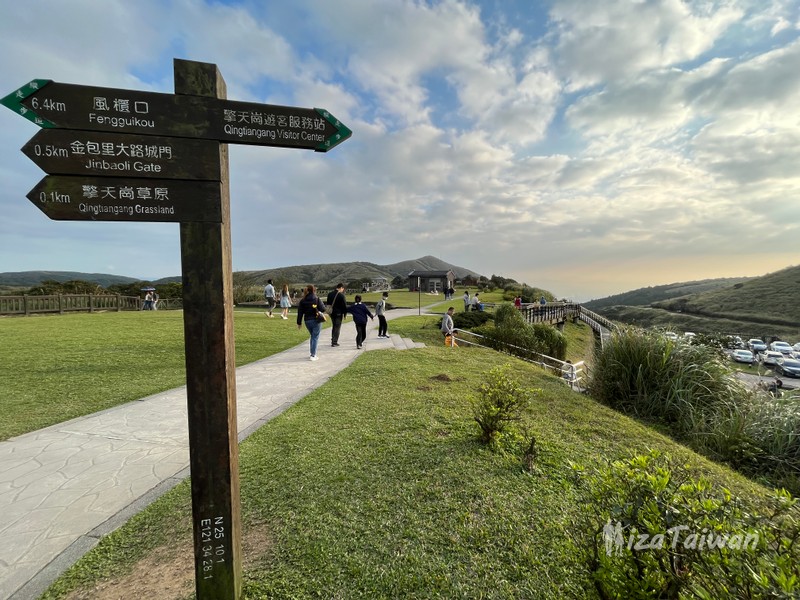
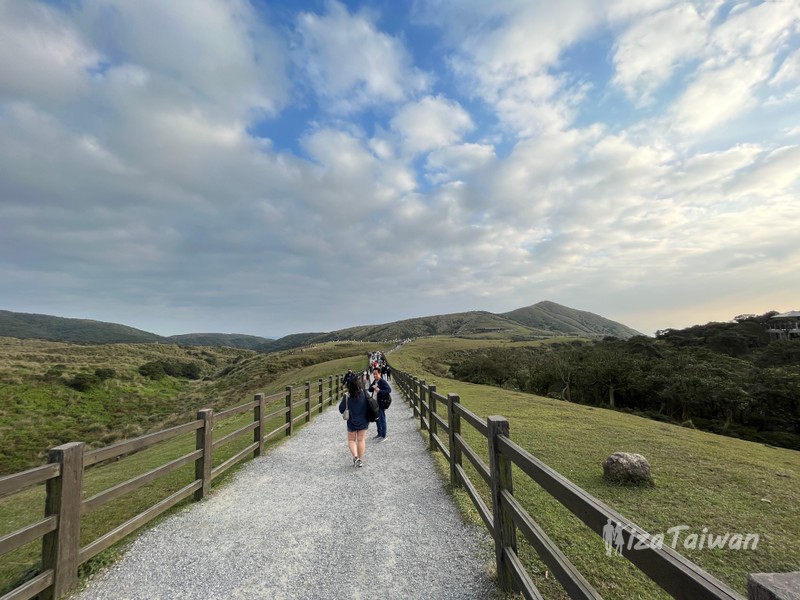
Qingtiangang Grassland is located in the center of the Datun Volcano Group. The flat and open terrain is a terrace formed by the northward overflow of lava from Zhugao Mountain. It was formed by the joint action of volcanic activity and monsoon winds. Volcanic eruptions brought a large amount of andesite, which, after years of weathering, formed fertile soil. The strong blowing of the northeast monsoon inhibits the growth of trees, allowing wind-resistant plants such as silvergrass to thrive here, creating this unique grassland landscape.
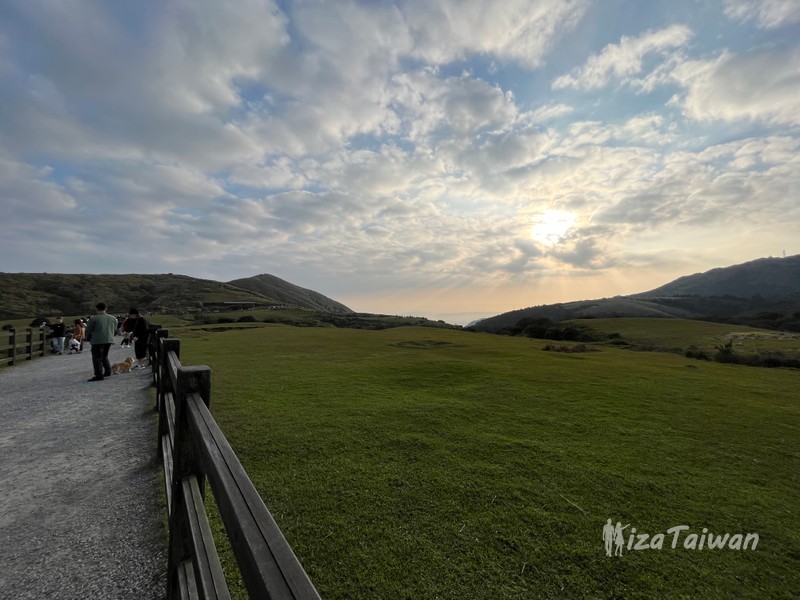
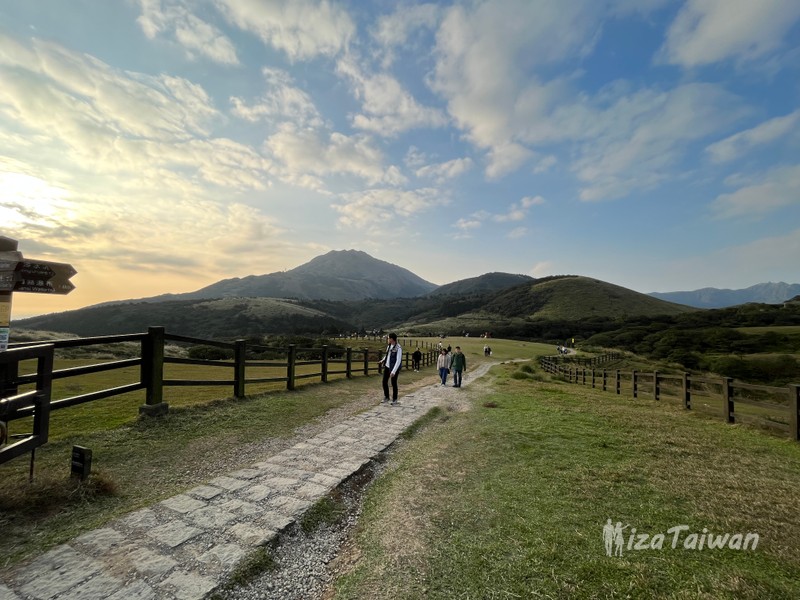
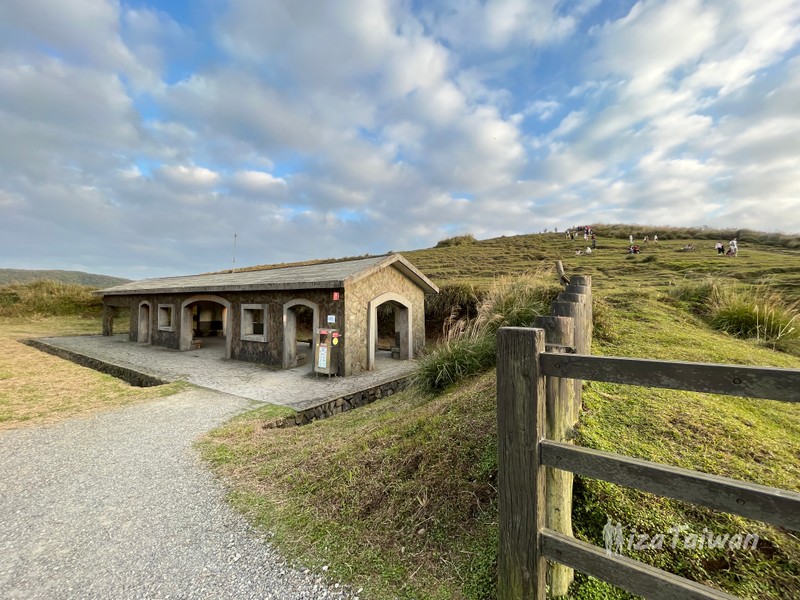
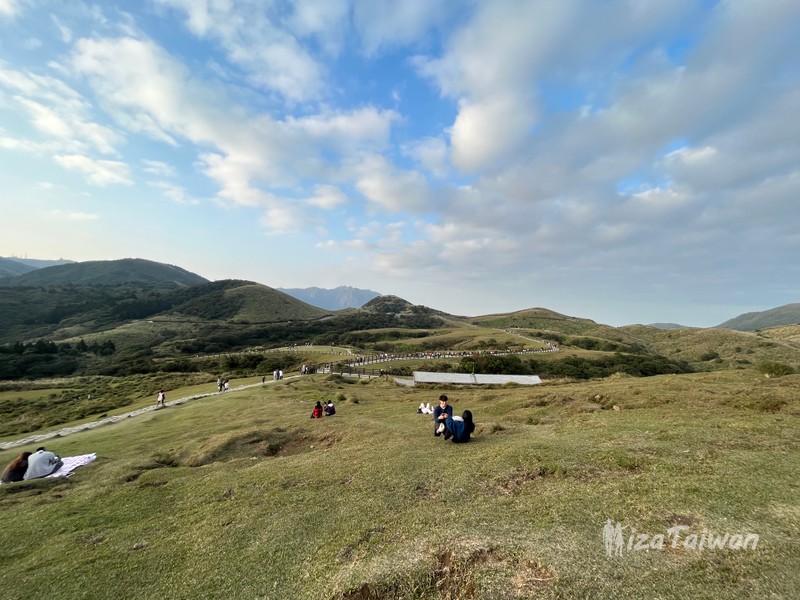
During the Japanese colonial period (1934), the "Daling Pass Ranch" was established in the Qingtiangang area for growing tea and grazing cattle. After Taiwan's restoration (1952), this place was planned as the "Yangmingshan Ranch", which was operated by the government or later the Taipei City Farmers' Association. Its main purpose was to assist farmers in nearby Beitou, Shilin, Jinshan and other areas to board their cattle so that they could be taken care of collectively during the off-season. The cattle seen in Qingtiangang are usually feral water buffaloes boarded by nearby farmers. The sight of them grazing on the grassland has become one of the most classic features of Qingtiangang.
Because they are feral water buffaloes, they have a wild nature. Therefore, the national park strictly prohibits teasing or approaching the cattle, or taking pictures with flash, and it is recommended to maintain a safe distance of at least 20 meters. Please stay within the designated trails and do not cross the fences into the cattle habitat.
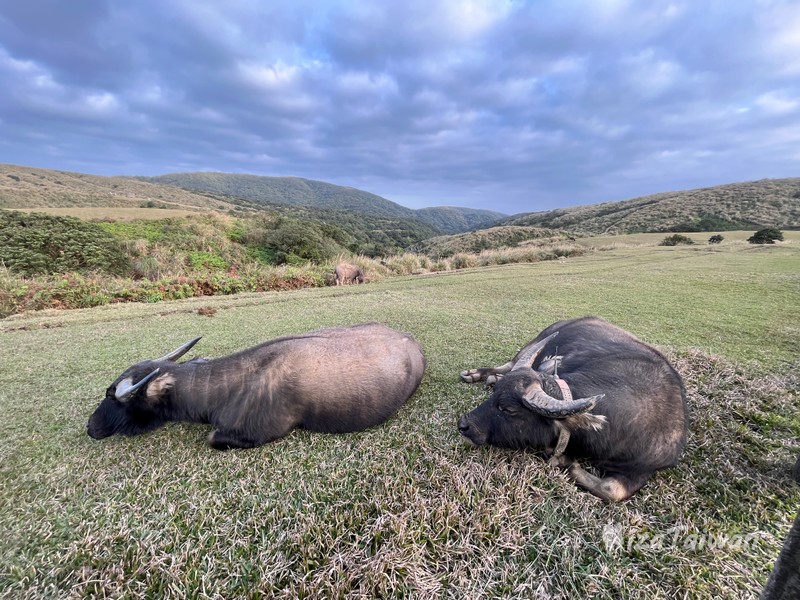
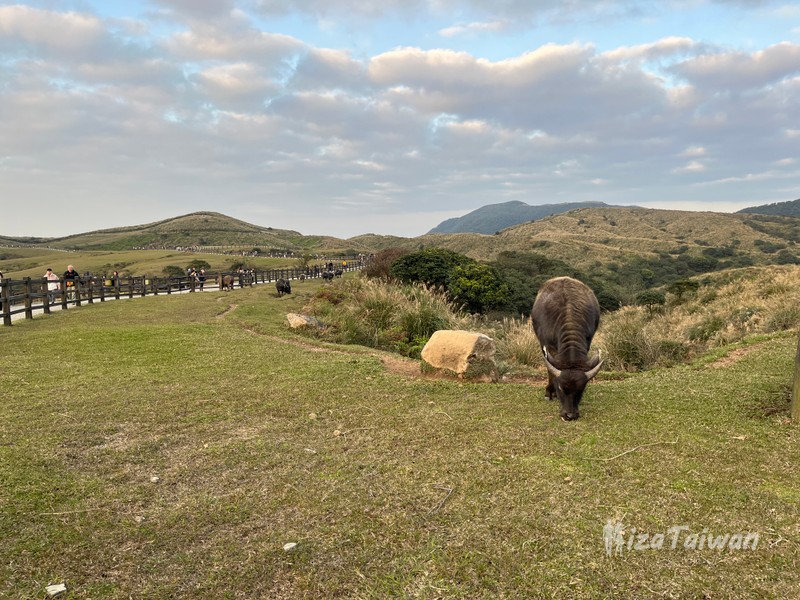
Here, you can stroll along the grassland trails, feel the comfort of the breeze, admire the vast grassland scenery, and look out over the Taipei city. If you are lucky, you can also see leisurely herds of cattle walking and grazing on the grassland, forming a serene idyllic landscape. Qingtiangang Grassland is also a great place to observe insects, birds and other wildlife. Many photography enthusiasts also come here to capture the charming moments of sunrise and sunset.
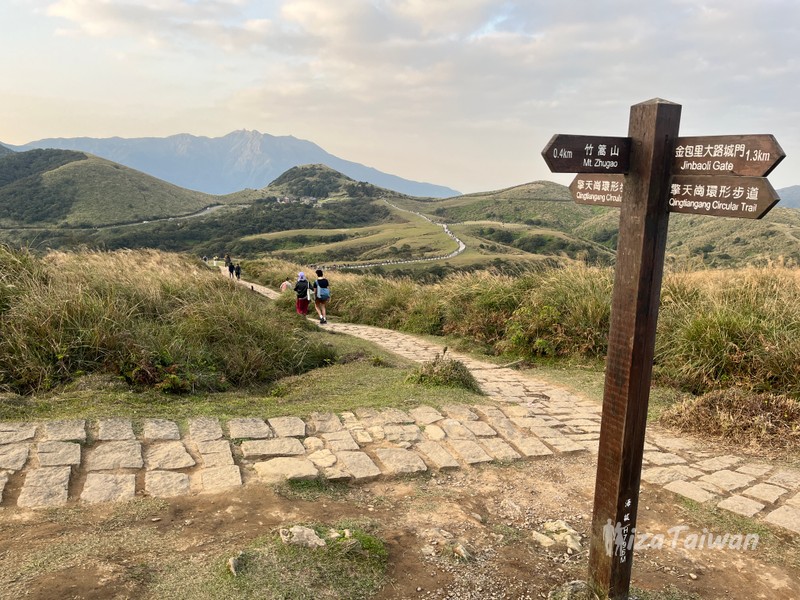
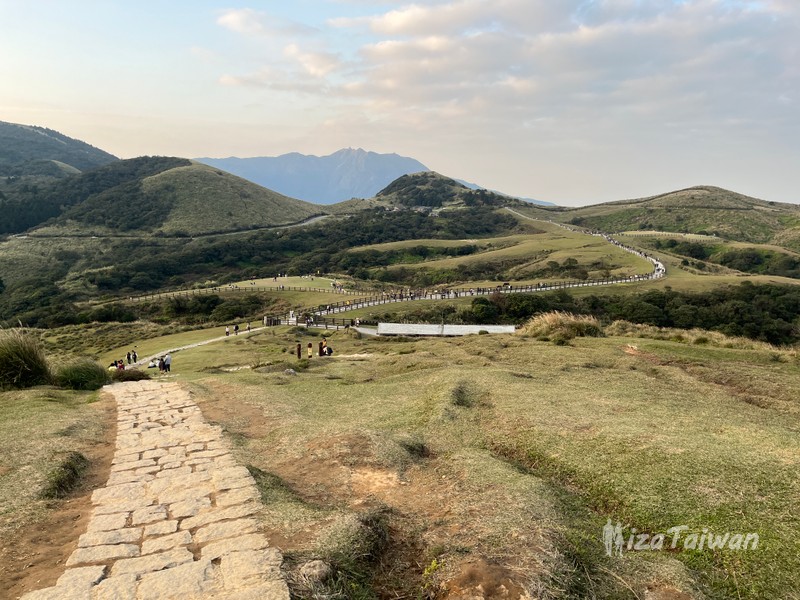
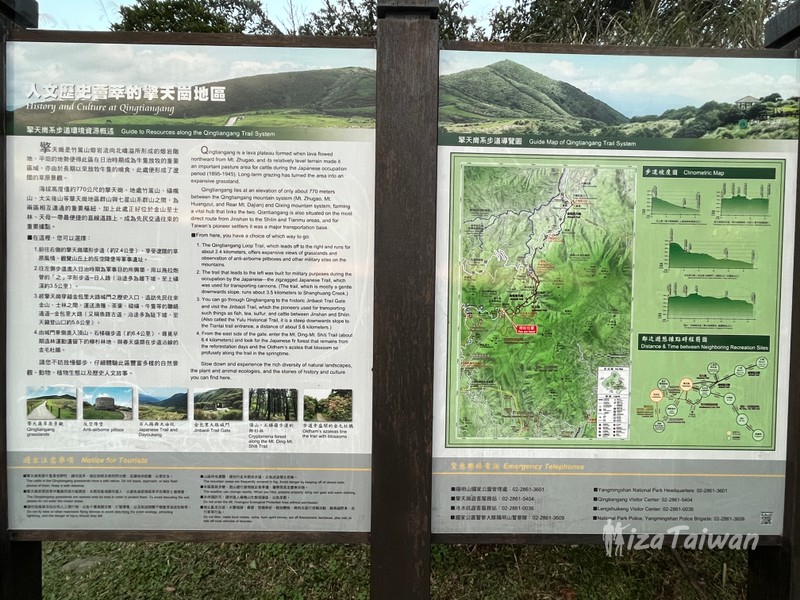
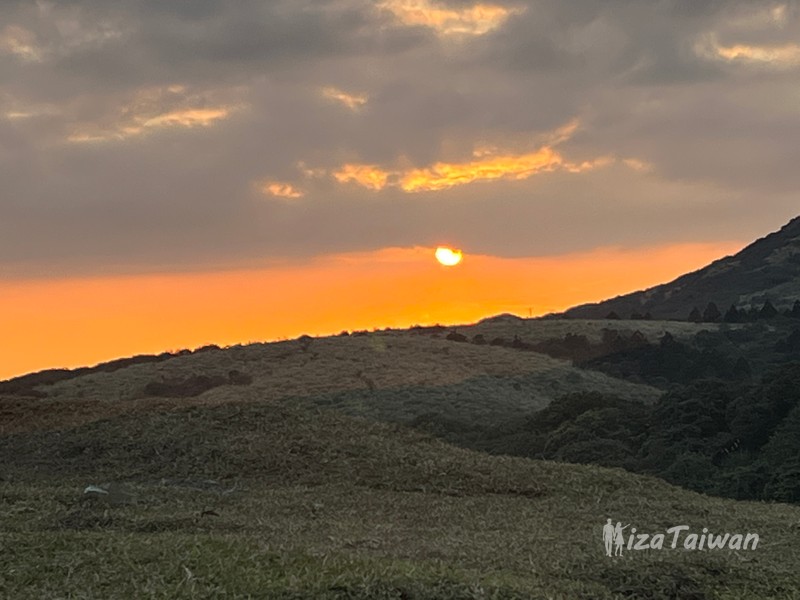
Nearby attractions/food/accommodations:
Shilin Night Market: Taipei's Food Paradise - History, Access, Hours
Tianmu Tiantong 86 Beef Noodles: A Must-Try Local Favorite
『Qingtiangang』
Transportation Information:
Bus: Take Taipei City Bus S15 or 108 and get off at Qingtiangang Station.
Driving: You can take Yangde Avenue up the mountain and follow the signs to Qingtiangang. Traffic control is implemented on Yangde Avenue during holidays, so it is recommended to depart early or take public transportation. Parking spaces are limited, so it is recommended to avoid peak hours on holidays.
Opening Hours: Qingtiangang Grassland is open 24 hours
Qingtiangang Visitor Center is open daily from 9:00 to 16:30. Closed: The last Monday of each month (postponed to the next day if it is a national holiday) and Lunar New Year's Eve.
Precautions:
Qingtiangang is located at a higher elevation and the temperature is lower, so it is recommended to bring warm clothing.
The wind is strong on the grassland, so it is recommended to wear a hat or scarf.
In summer, there are many mosquitoes and insects on the grassland, so it is recommended to take mosquito prevention measures.
Please do not feed the cattle at will and maintain an appropriate distance to avoid danger.
Please do not litter and work together to maintain environmental cleanliness.
Published in 2024
